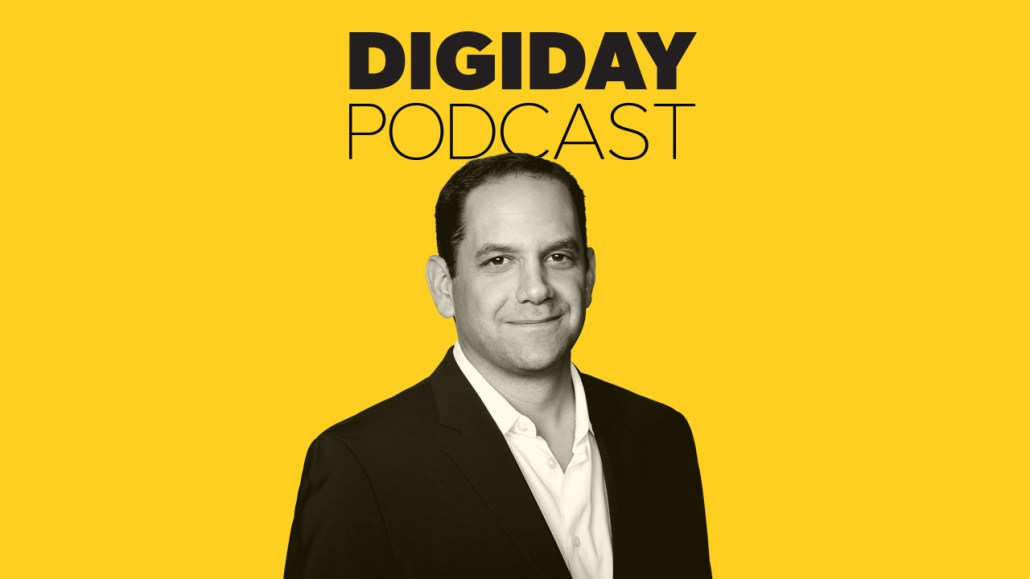
Subscribe: iTunes | Google Play | Stitcher | Anchor
The pivot to paid models is on. Next up: CNN, who is focusing its strategy on creating a variety of paid products for specific subsets of the CNN audience.
“We need to figure out how to diversify our revenue model,” said Andrew Morse, evp at CNN U.S. and general manager of CNN Digital Worldwide, on the Digiday Podcast. “If you’re a passionate user of the product, it gets frustrating. You want to read a story and they’re forcing you to pay money. It’s a terrible user experience. We’re not envisioning a scenario where anything we create will put up a wall between us and our users. We need to think about additive experiences, whether it’s a personalized experience or connects you more intimately with our talent. We’ve just begun testing. You need to create a different kind of relationship with your most passionate audiences.”
Morse also discussed rebranding CNN Money as CNN Business, competing with platforms on technology and tools and working with advertisers who don’t want to be next to news. Edited highlights below.
Investing in technology and not just journalism.
“You can’t be just a great journalism organization anymore. Along with great journalism, you need to invest in technology and infrastructure. It’s not about the next big product, but building the test-and-learn discipline. We have the single largest political site in the last three or four years. We need to think about tools and utilities for users to be able to engage with news and in a more personalized way. Because we talk about platforms with such disdain, there’s this false construct that there is a choice between content and technology. Let’s not seed technology to the platform. Let’s hire technologists and engineers to build great user experiences so we can deliver great content to users directly.”
Brands still care about engaged audiences.
“Brands don’t want to be next to politics and plane crashes. It’s always been the case. There are different ways to engage with our platforms because different audiences come for different products. The engagement on our platforms through programmatic and direct advertisements. It doesn’t mean we don’t have to sit down and have conversations about brand safety concerns. We’re proactively explaining the quality of our audience, the level of engagement and the different products we have to brands.”
Using the platforms to experiment.
“It used to be that platforms would come to us when they had an idea and say ‘can you devote some time, attention, money and resources, and build us something that we can use and by the way, we’re not going to pay you for it. And if it works, we’ll open it to everyone.’ And we did because we had the resources and we thought it was important from an innovation perspective. We’re not interested in doing that anymore. For Facebook Watch, we’re producing a daily show, we collect a check for it that is fair value, we learned what it takes to produce a daily vertical video show of that length, for that audience with that level of interactivity. So we’re using the platforms to learn and build so we can do that on our own platform.”
More in Media

Here are the biggest misconceptions about AI content scraping
An increase in bots scraping content from publishers’ sites represents a huge threat to their businesses. But scraping for AI training and scraping for real-time outputs present different challenges and opportunities.

How Future is using its own AI engine to turn deeper engagement into ad dollars
Future is betting on AI to boost recirculation – and make that stickier audience more appealing to advertisers.

Substack’s video bet could be a growth hack for small creators
Video is helping smaller creators on Substack grow their subscriber numbers faster — but larger creators aren’t experiencing the same boost.








